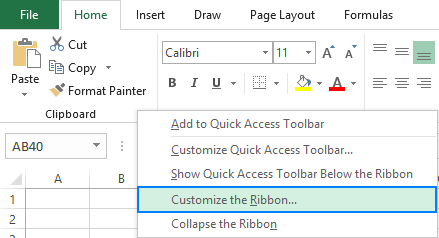

Reverse cycle through open primary windows.Ĭycle through open primary windows without closing the menu. The following shortcuts are reserved for use by Windows:Ĭycle through items in the order they were opened.Ĭycle through items in the reverse order they were opened.ĭisplay context menu for the active child window (multiple-documentĬopy the entire screen image to the clipboard.Ĭopy the active window image to the clipboard.ĭisplay the system menu for the active window. Move the insertion point to the beginning of the previous word.

Move the insertion point to the beginning of the next word. Launch a program elevated if used from the Start menu.ĭisplay or hide the items in the active drop-down list or combo box. Search for entered term using Internet browser. Search for entered term using local search. Moves the selection to the item matching prefix letters in the beginning of Scroll the view without change of the selection. Moves the selection to the item matching prefix letters in theĬtrl+Shift+left arrow, Ctrl+Shift+right arrow Change the column width.ĭisplay all sub-items under the selected item.ĭisplay the sub-items directly under the selected item.Ĭollapse the items directly under the selected item group.Ĭollapse the current selection (if it is expanded) and move focus to theĭisplay the sub-items directly under the selected item (if it is collapsed). Move focus to last item without selecting.Īllow discontinuous multiple selection of items. Move focus to first item without selecting. Custom controls should use shortcuts consistently.
The following shortcuts are standard for Windows controls. Save the active document (normally without opening the Save As dialog box).ĭisplay the context menu for the selected item. Open a new blank document or the New dialog box. The following shortcuts can be used by any program, but they must have the given meaning:ĭisplay context-sensitive Help (same as F1).Īctivate the menu bar in the active program.ĭisplay the Properties dialog box for the selected item. The following tables summarize the standard Microsoft® Windows® shortcut key assignments. Designing with Windows Presentation Foundation.Windows User Experience Design Principles.Windows User Experience Interaction Guidelines.


 0 kommentar(er)
0 kommentar(er)
